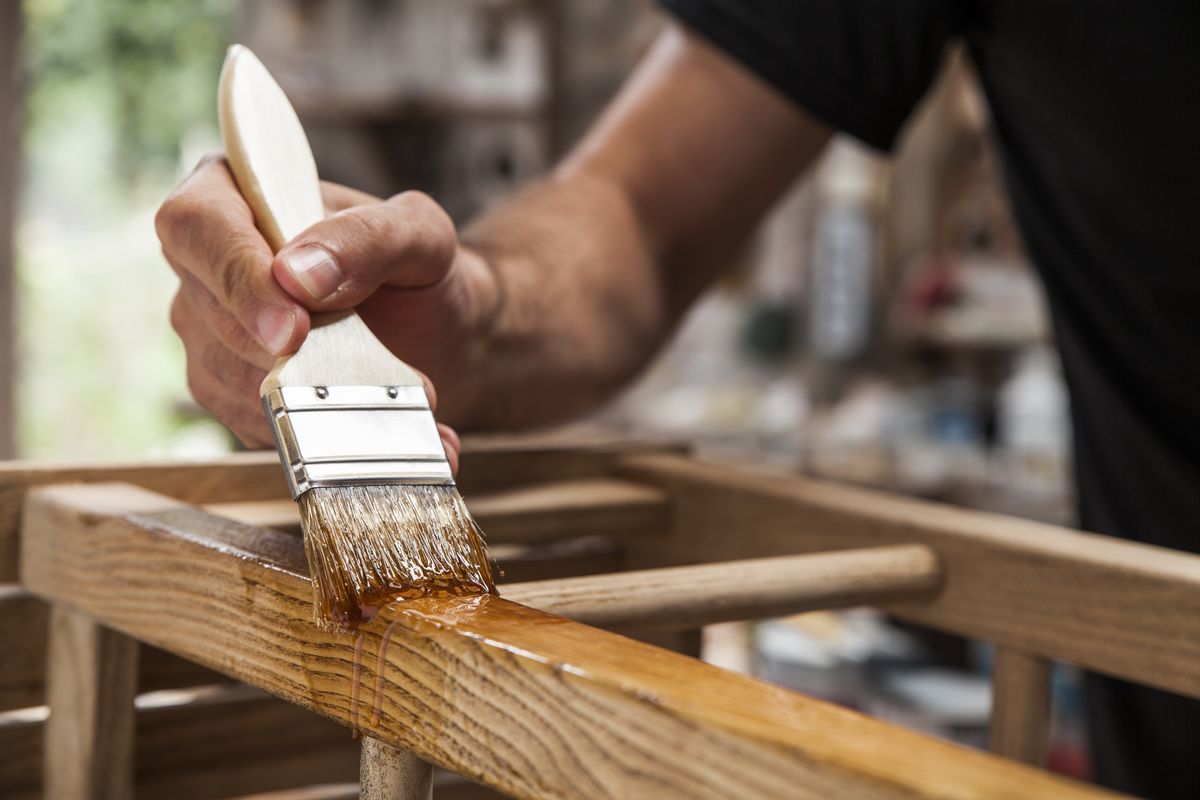Assembly is the action of connecting parts to form a technical object.
Once all the parts of an object are shaped and controlled, they must be assembled with previously chosen links and guiding controls. The linking components are chosen according to the desired type of link and its characteristics.
Here are the types of links:
-
embedded link
-
pivot link
-
sliding link
-
sliding pivot link
-
helical link
-
ball joint link
-
planar link.
Here are the characteristics of the links:
There are many techniques for assembling parts. The following are a few.
Nailing is the joining of two pieces with a nail. This technique ensures an indirect, rigid, complete, and permanent link between two parts. Typically, the nail is driven into wood with a hammer or nail gun.

khlungcenter, Shutterstock.com
Screwing consists of connecting two parts using screws. This technique ensures an indirect, rigid, complete, and removable link between two parts. Usually, the screw is fastened using a screwdriver or a drill.
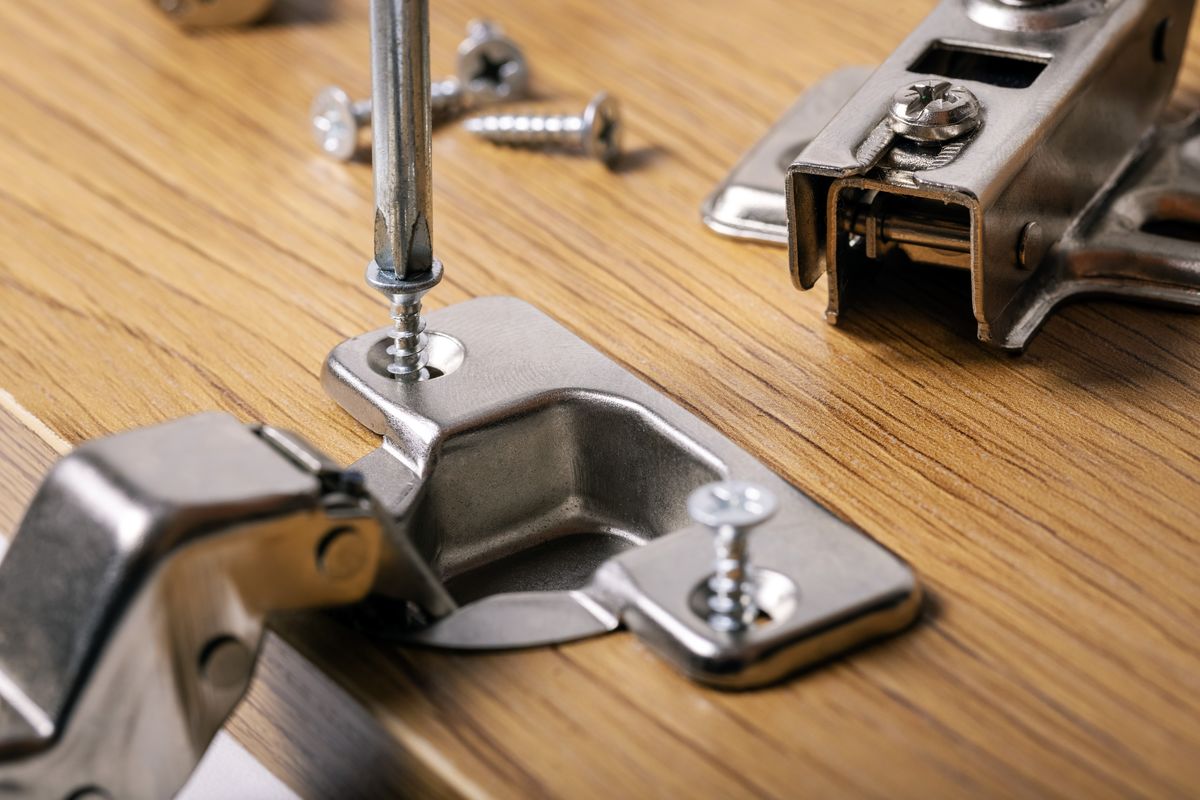
ronstik, Shutterstock.com
Riveting consists of joining two parts using rivets. This technique ensures an indirect, rigid, and permanent link. Generally, the rivet is installed using a riveter. While one of the two ends of the riveter is held by the gun, the other is deformed and flattened in order to firmly hold the two parts together.
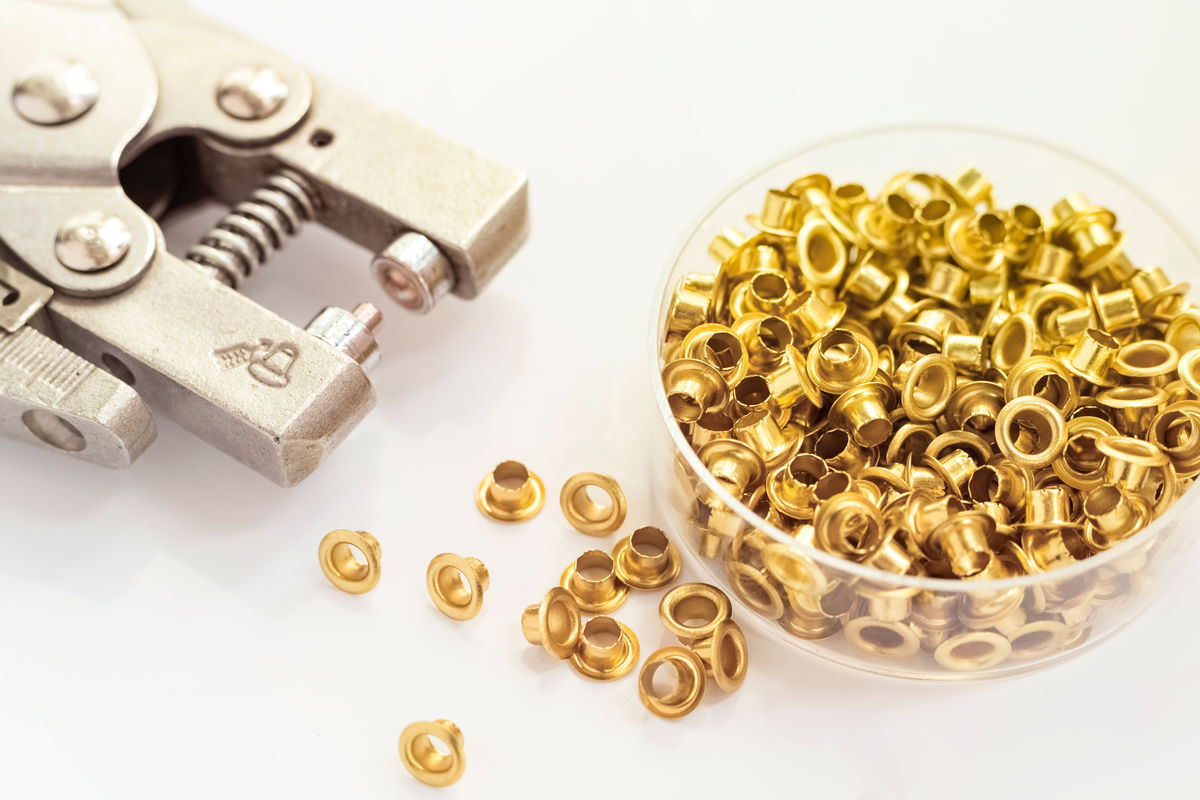
Art_rich, Shutterstock.com
Glueing consists of joining two parts using glue. This technique ensures an indirect, rigid, complete, and permanent link between two parts.
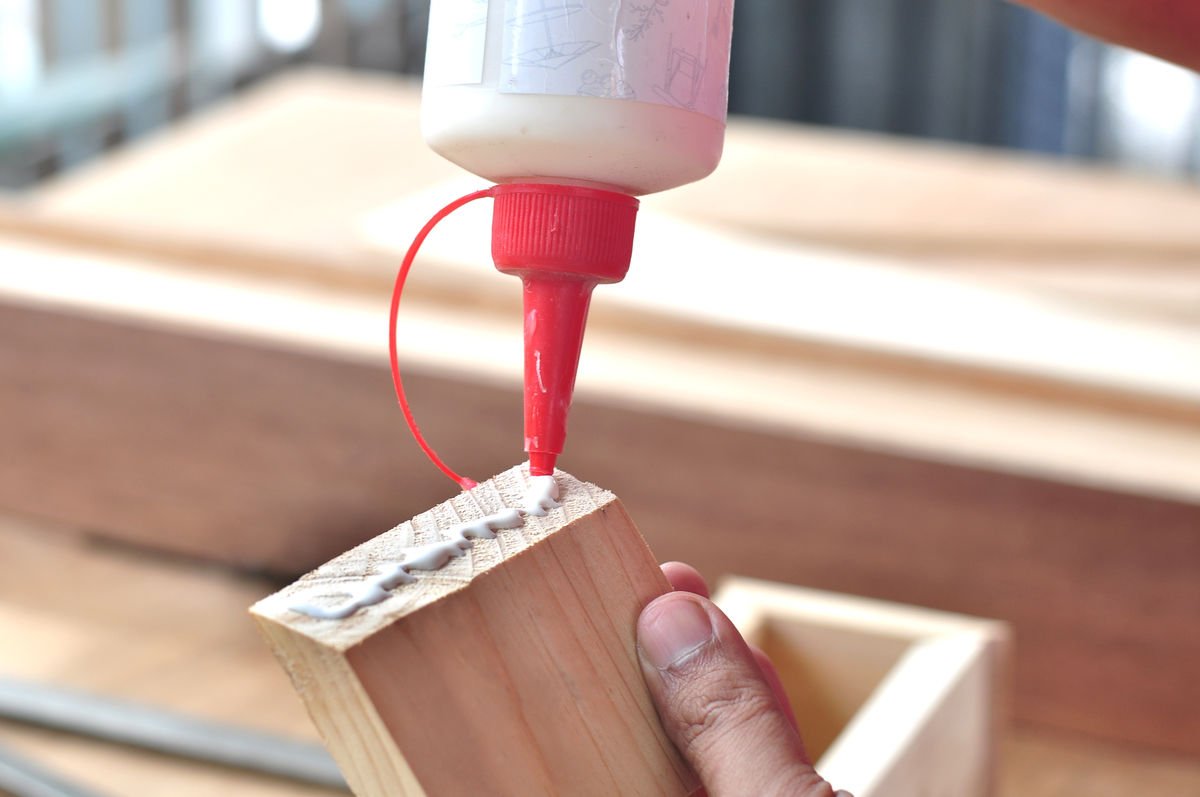
Erlyani999, Shutterstock.com
Tin soldering involves permanently bonding metal parts by joining them with tin. This technique is often used to attach conductive wires in electrical circuits due to the good electrical conductivity of tin. It ensures an indirect, rigid, complete, and permanent link. This technique is generally carried out using a soldering iron.
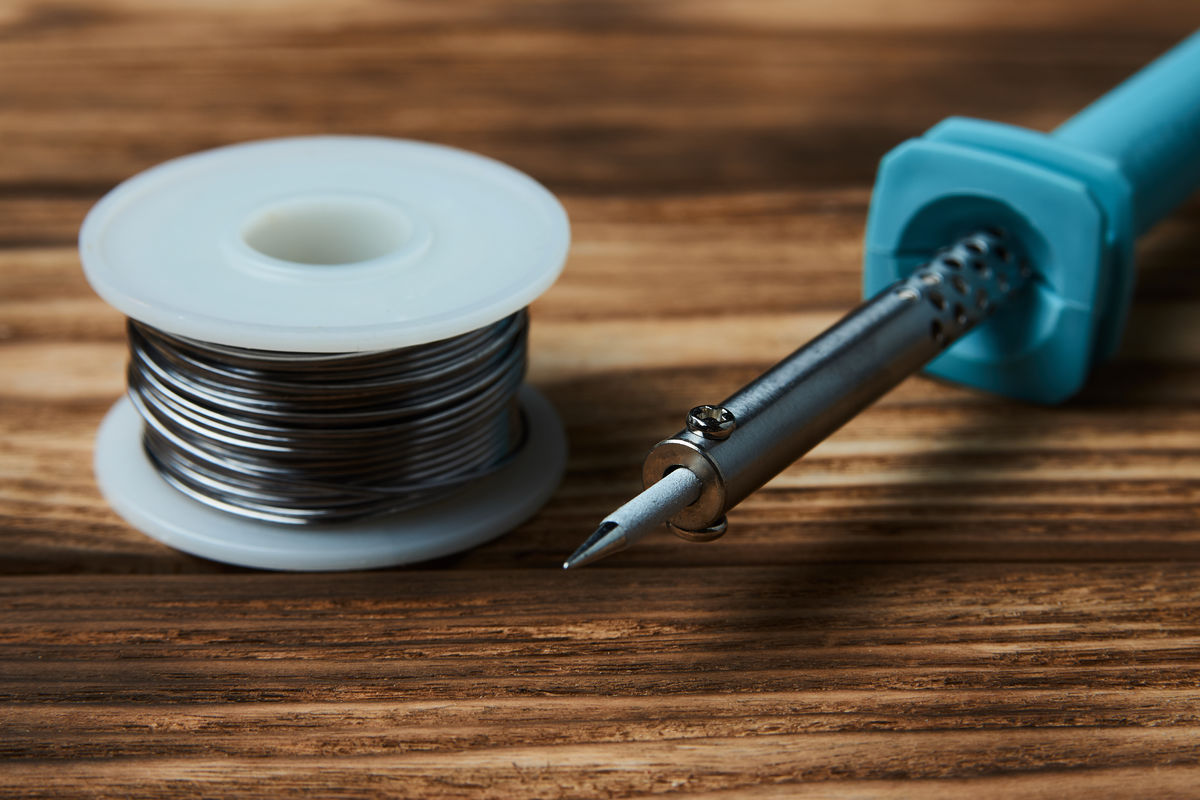
Gecko Studio, Shutterstock.com
The mortise and tenon joint is a method consisting of joining two pieces of wood by fitting them together with a tenon. It is done by boring both pieces so they accept the tenon. The shape of the mortise must be complementary to the tenon so the two can fit together. The technique ensures a direct, rigid, complete or partial (depending on the shape of the tenon), and removable link.
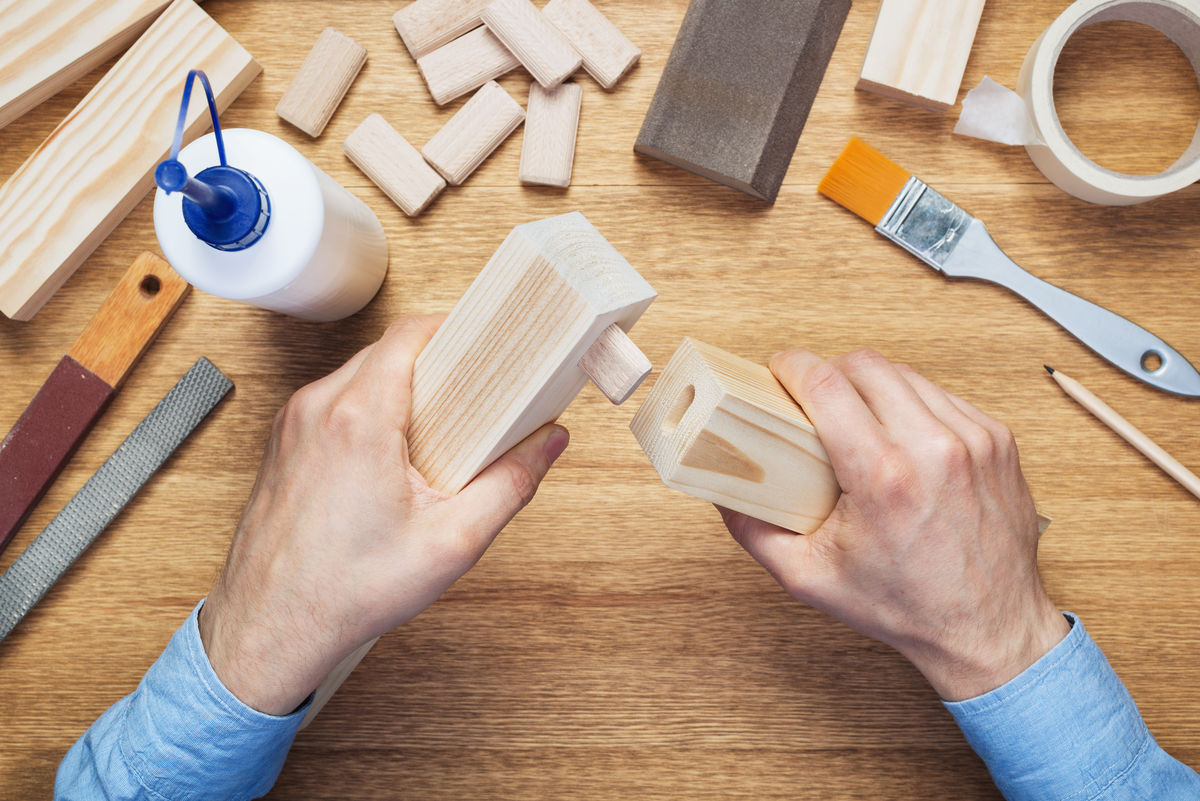
Various images, Shutterstock.com
An assembly solution must be chosen according to the types of links desired. It is, therefore, necessary to analyze the technical object properly to choose the assembly techniques and the appropriate linking components.
When assembling a wooden bench, the legs, crossbars, and seat must be linked so that they do not allow any movement once connected.
To choose an assembly technique and appropriate linking components, the characteristics of the desired links must be determined.
In addition to being rigid and complete, it must be determined whether the links will be removable or permanent.
Screwing enables a removable assembly, while nailing enables a permanent assembly.
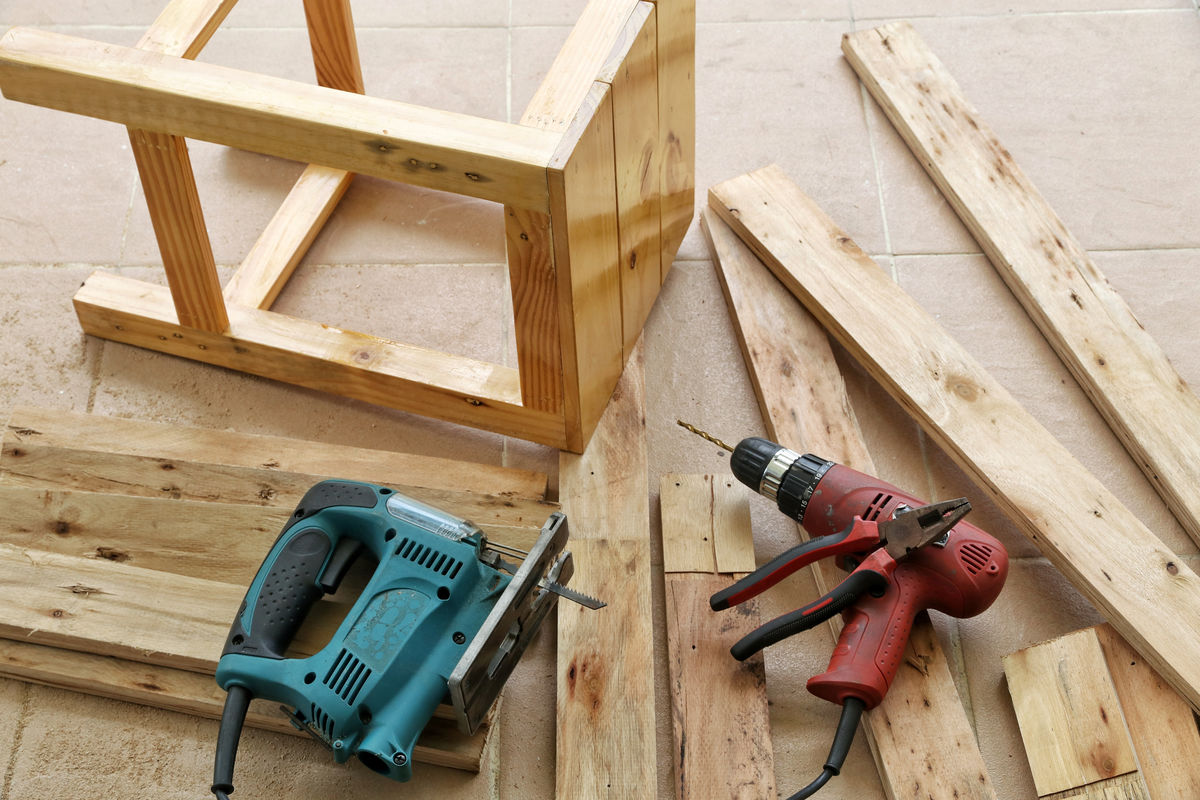
donatas1205, Shutterstock.com
Finishing is the action of completing the manufacture of a part or a technical object.
Once the shaping and control of the parts is finished, their durability and the proper functioning of the object must be ensured. It is achieved through the use of finishing techniques.
These techniques help protect the parts from certain factors such as light, oxidation, and friction. They can also help improve the appearance of the object. Here are a few examples.
Sanding a piece removes irregularities on the surface of the material used.
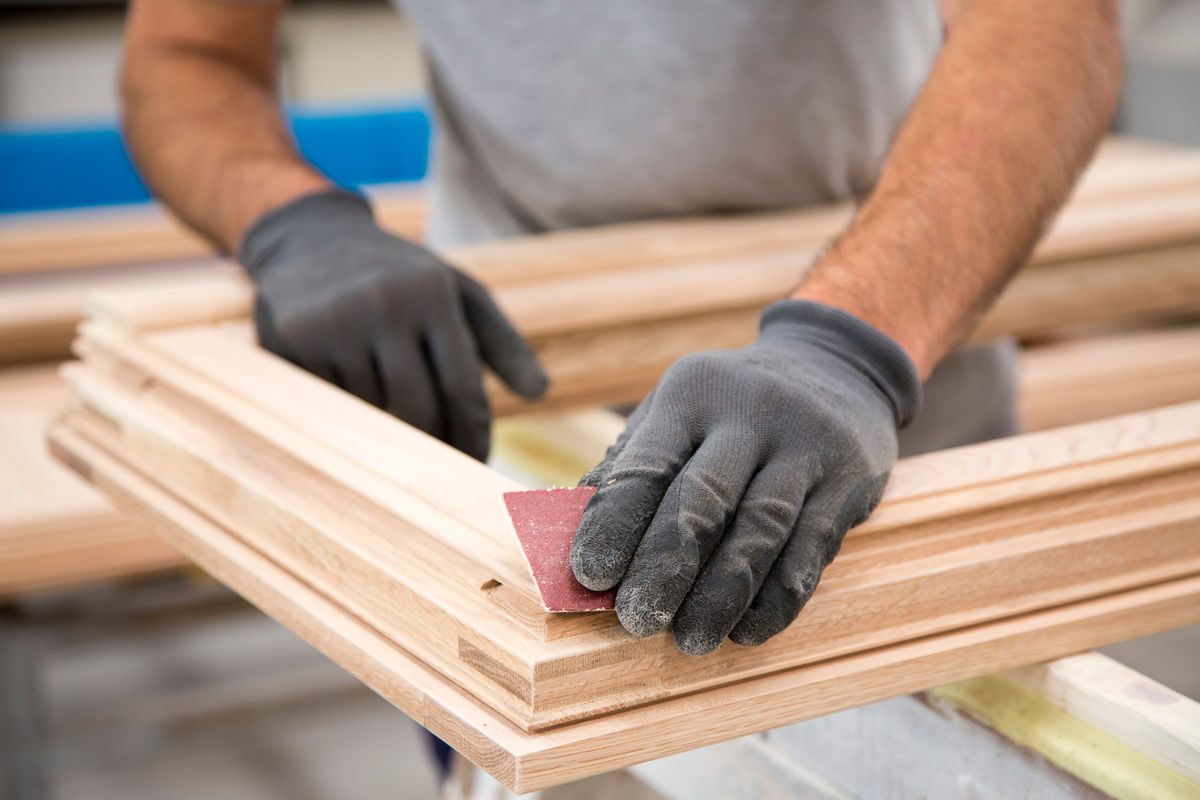
Di Soccio Massimo, Shutterstock.com
Polishing a part makes it smooth and shiny.
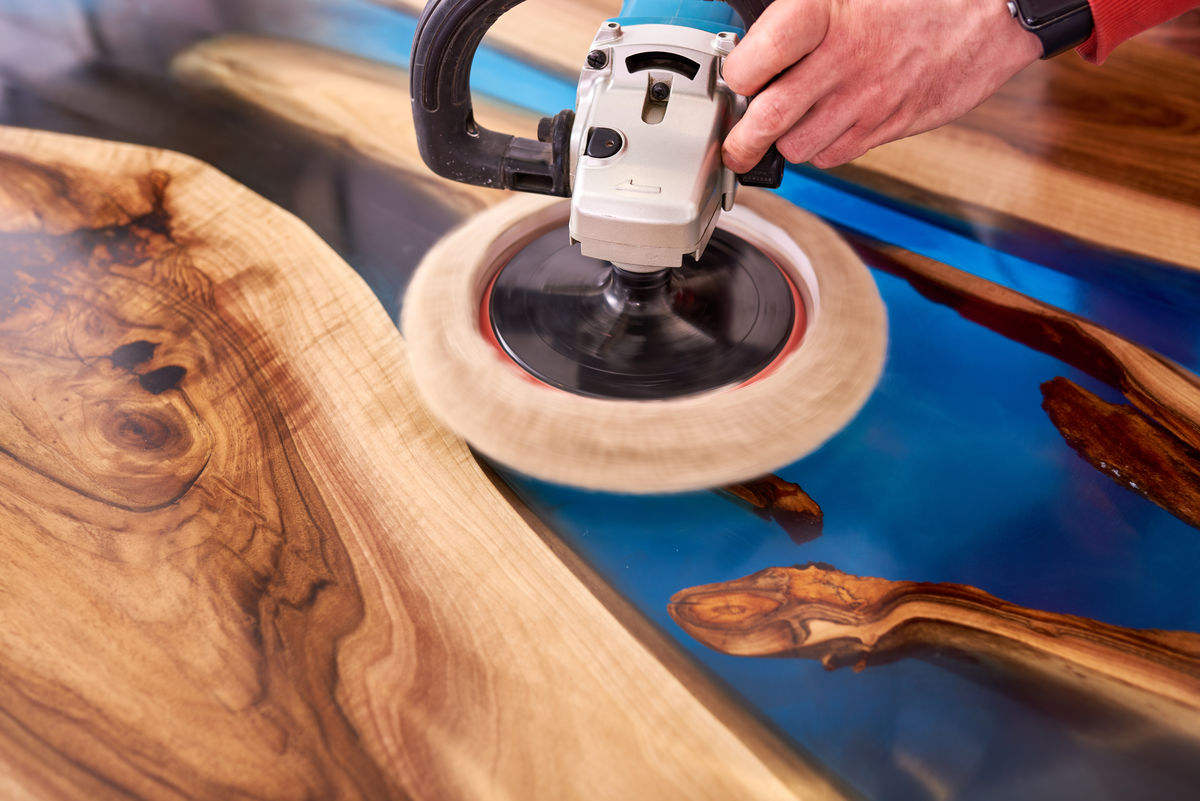
sandsun, Shutterstock.com
Painting a piece protects the materials and improves the object’s appearance.

Lyudmila Mikhailovskaya, Shutterstock.com
Staining a piece can change its look. The dyed material must be porous so that the stain penetrates it.
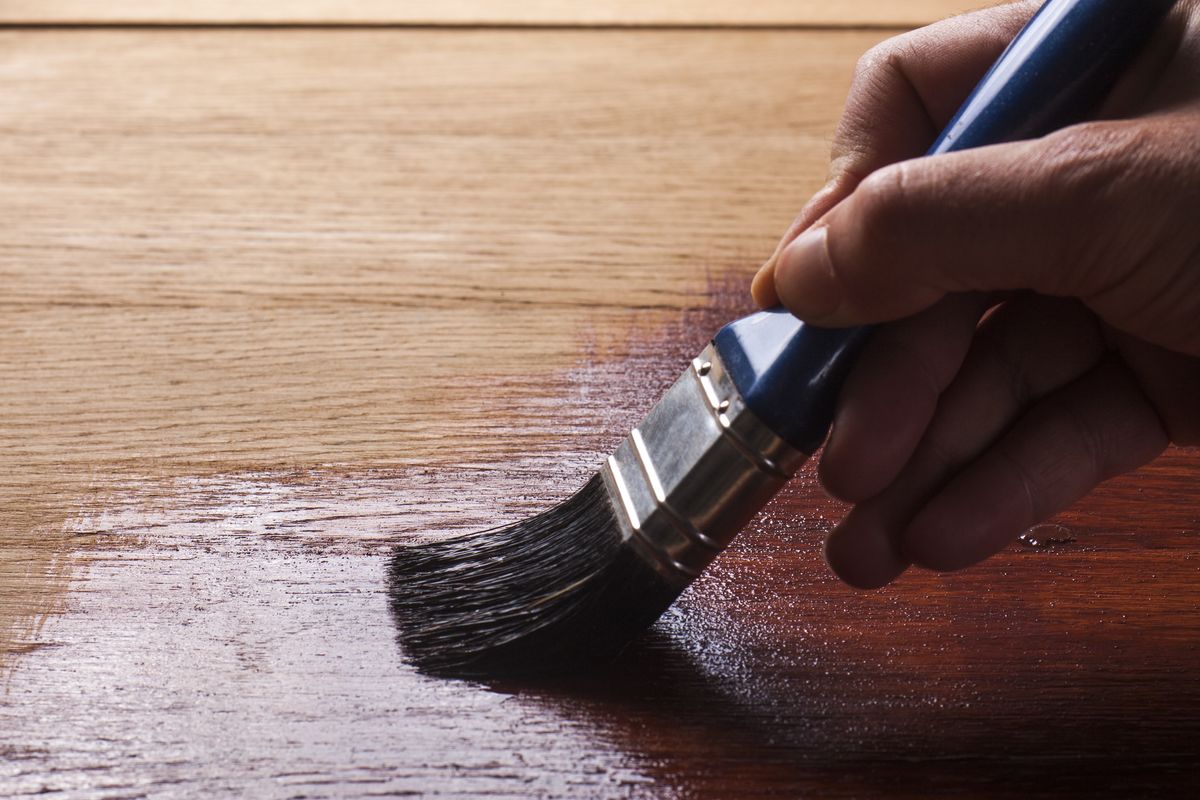
Carlos andre Santos, Shutterstock.com
Varnishing a piece helps protect the materials. The varnish applied is a resinous solution which, after solidifying or evaporating, leaves a protective and smooth layer on the surface of the material.
